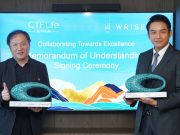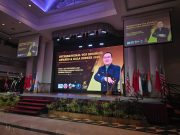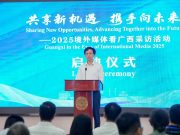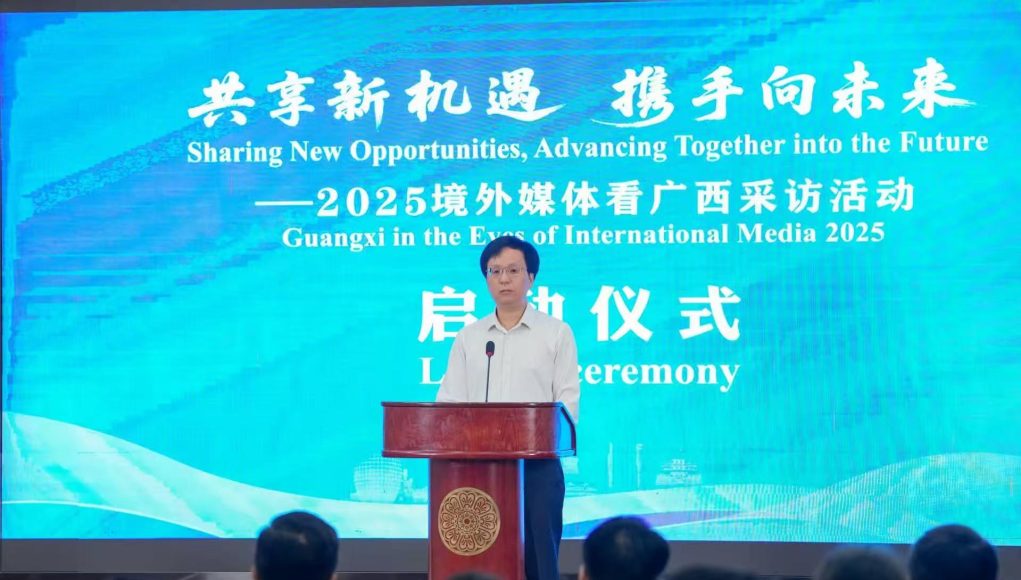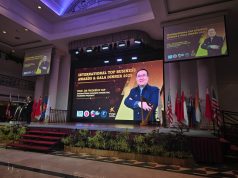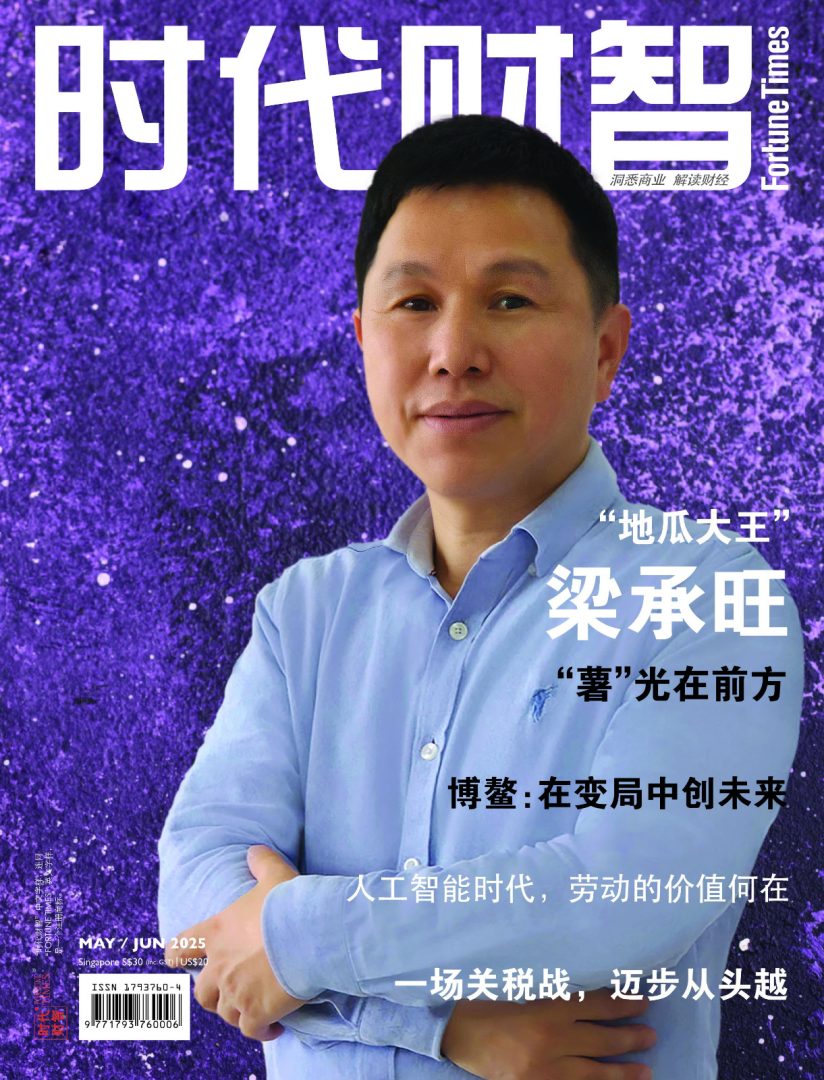(Singapore, 26.08.2025) In conjunction with the 2025 China-Asean Expo held annually in Nanning in September, China’s Guangxi province is actively reaching out to the Asean region, bringing itself into the media limelight in the respective countries.
Guangxi, often seen as a lesser-known cousin of Guangdong, one of China’s most vibrant provinces, has in recent years been expanding trade relations with Asean in a steady pace, especially in areas like agriculture, manufacturing, and logistics.
But as China now has grown even keener for tapping Asean’s growing consumer base and natural resources, Guangxi, situated next door to five Asean countries, is exploring deeper to diversify ties with its southern neighbors.
The Guangxi city of Chongzuo is certainly very familiar to the people of Vietnam, separated from it only by a narrow river and some spectacular waterfalls in the district of Detian. But it certainly does not ring a bell with people in countries farther afield like Singapore.
This indicates insufficient effort by Guangxi in promoting its many fabulous tourist sites like the Detian waterfalls to the world, although the province is famed for the karst landscapes and turquoise river of Guilin city, its longstanding showcase.
And certainly many foreigners also do not know Chongzuo is the home to one of China’s biggest sugar factories and a sprawling pulp-making plant – Guangxi Nanning East Asia Sugar Company and Guangxi Chongzuo Lee & Man Pulp Manufacturing respectively – both of which are joint ventures involving foreign capital.
Yesterday more than 20 media representatives from across Asean countries visited the two plants to have a glimpse of how industrialized Changzuo is, not just in terms of its manufacturing capabilities but also how it has satisfied modern-day demands such as environmental requirements. The visits were organized by the Guangxi government.
East Asia Sugar was established in 1993 jointly by Mitr Phol of Thailand and five state-owned sugar factories in Chongzuo. It has since moved beyond sugar production into generating biomass power, manufacturing yeast, making fertilizer and animal feed, as well as developing agricultural technology.
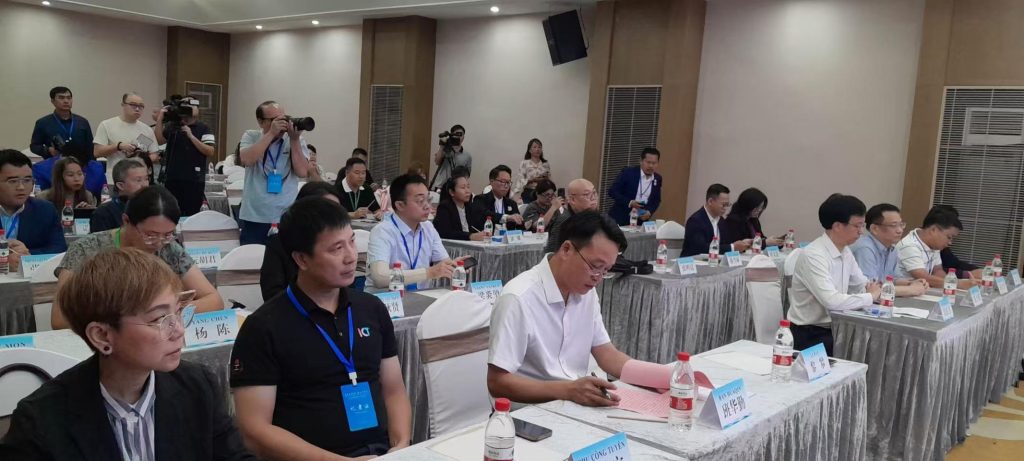
“We use biogas, the fibrous residues from sugarcane processing, as a renewable energy for our operations,” Xin Shuguang, general manager of the sugar plant told the visitors when asked about the green measures his factory has adopted.
“Sugar production generates organic waste which can be converted into energy or used in other products. This helps reduce overall carbon emissions,” he added.
“We also engage in carbon trading, whereby we sell our excess carbon allowances to others who exceed their emission limits, since we cut our emissions to below the cap,” he went on.
According to the plant’s data, the processing of sugarcane biogas byproducts annually supplies about 150,000 MWs of clean energy to the grid。
Xin also mentioned that his factory has applied AI in its management aspect, which has helped to optimize operations and cut down labor, thereby enhancing productivity and efficiency.
The same discipline happens in Lee & Man Pulp Manufacturing. “The manufacturing process can produce particulate matters that pollute the air. We install scrubbers and filters to minimize such emissions,” an executive of the plant said.
Founded in 1994 in Hong Kong, Lee & Man Holding Limited has grown into one of the leading players in the pulp and paper sector globally. It basically has two specialties: paper manufacturing and pulp manufacturing, the latter being what the mills in Chongzuo do.

The process involves turning wood chips, recycled paper, or other cellulose fibers into pulps, which are then sent to be processed into paper products by its partners located elsewhere in China or Vietnam.
Then there is the Nali Hotel in Chongzuo with its verdant farmlands, which should be more prominent on the map of Southeast Asia vacationers. The farmlands, restored from abandoned plots, are owned by the hotel.
They have now expanded to total more than 50 acres. The farmlands are cultivated by villagers residing close by and their harvests are bought by the hotel at a price higher than in the market. Nali represents integration of agricultural and cultural tourism.
“During winter, we would heat the water to sustain the paddies. We will also set up lighting to ensure the whole place remains bright and glowing. So, all year round, the farms would maintain a lush green look,” said Chen Zhuo, who runs the hotel and the farmlands.
“Guangxi is the only Chinese province which shares both land and maritime borders with Asean countries. It is China’s frontier and window to forging collaborations with Asean,” Guangxi government said in a statement to the visiting media group.
“Hence Guangxi is leveraging its geographical advantages, its rich resources, and potentials for greater development to become the connecting point between Beijing, Shanghai, and Guangdong, which excel in R&D, and Asean, which could obtain and apply all these innovations,” the government added.
“Through this unique window of Guangxi, we can better tap the tremendous opportunities for cooperation between China and Asean,” Li Pan, director of the Information Office of Guangxi’s government, said in his inaugural speech to kick off the visiting programme for the Asean media.














